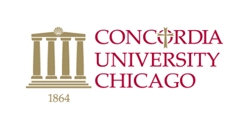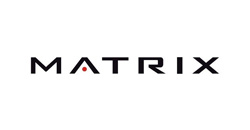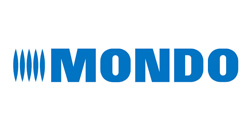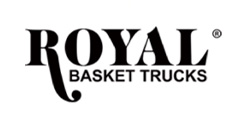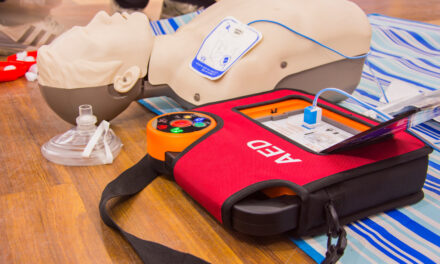The role of an athletic director at the high school level is a challenging one, laden with the responsibility of overseeing various sports programs, ensuring student-athletes’ well-being, and managing budgets. Often, one of the key partners in this endeavor is the booster club — a group of passionate parents, alumni, and community members committed to supporting school athletics.
Fostering a close relationship with booster clubs can be invaluable for athletic directors, not just in terms of financial support, but also in building a cohesive community spirit around sports programs. Here are some of the best methods for athletic directors to work in tandem with booster clubs.
1. Open Lines Of Communication
Regular Meetings: Schedule monthly or quarterly meetings with booster club representatives. These can be used to update one another, discuss upcoming events or projects, and share concerns.
Transparent Reporting: Ensure the booster club is aware of the athletic department’s budget, needs and the allocation of funds they provide. This transparency builds trust and ensures that both parties are aligned in their goals.
2. Set Clear Roles And Expectations
Define Boundaries: Clearly delineate the roles of the athletic director and the booster club. For instance, while the booster club might handle fundraising events, the AD should retain control over how those funds are used within the athletic programs.
Collaborative Planning: Involve booster club members in the planning stages of big events or initiatives. Their perspective can offer invaluable insights, and it fosters a sense of ownership and unity.
3. Celebrate Successes Together
Joint Announcements: When a new facility is built, equipment purchased, or any other significant achievement is reached with the support of the booster club, ensure that the success is celebrated as a joint effort.
Annual Recognition Events: Organize events to recognize and thank booster club members for their contributions. This not only deepens their connection to the athletic program but also incentivizes further support.
4. Engage In Collaborative Fundraising
Unified Goals: Before launching any fundraising campaign, discuss with the booster club to decide on the needs, target amount, and the methods to be used. This ensures that the athletic department and booster club are not competing but complementing each other’s efforts.
Shared Responsibilities: While the booster club can handle much of the ground work for fundraisers, the athletic director’s involvement can provide credibility and showcase a united front.
5. Continuous Education
Workshops And Training: Offer training sessions for booster club members on relevant topics like NCAA regulations, the importance of academics in sports, or even first-aid basics. This not only enhances their capabilities but also shows that the athletic director values their involvement.
Updates On Sports Trends: As the world of high school athletics evolves, keep the booster club in the loop on any significant changes, be it in terms of rules, best practices or technology advancements.
6. Encourage Participation
Open Practices: Periodically allow booster club members to attend team practices or behind-the-scenes tours. It offers them a firsthand look at how their support is making a difference.
Feedback Channels: Establish channels where booster club members can share their feedback, suggestions or concerns directly with the athletic department.
7. Collaborate on Community Engagement
Community Events: Organize events like sports clinics, meet-the-team nights, or charity matches in collaboration with the booster club. This not only raises the profile of the athletic program but also strengthens the bond with the booster club and the larger community.
The synergy between high school athletic directors and booster clubs can significantly improve a school’s sports program. By approaching this relationship with openness, mutual respect and a clear understanding of roles, both parties can work together to create an enriching environment for student-athletes and a proud legacy for the school.


